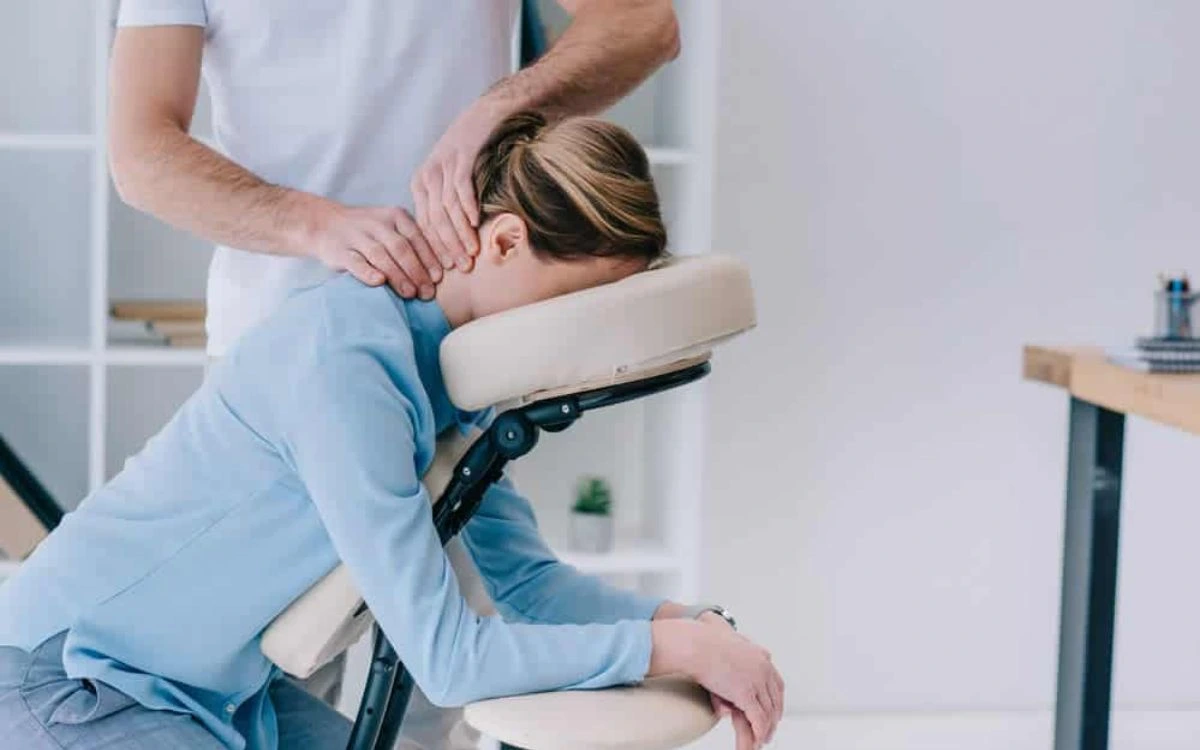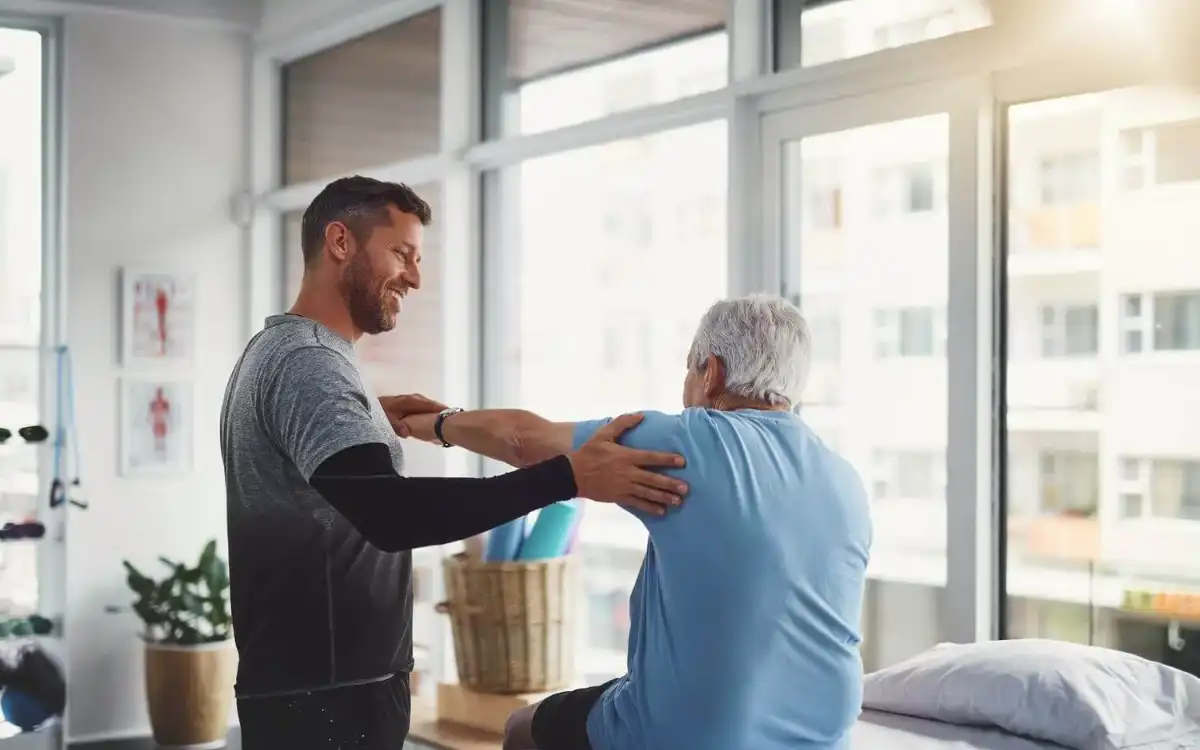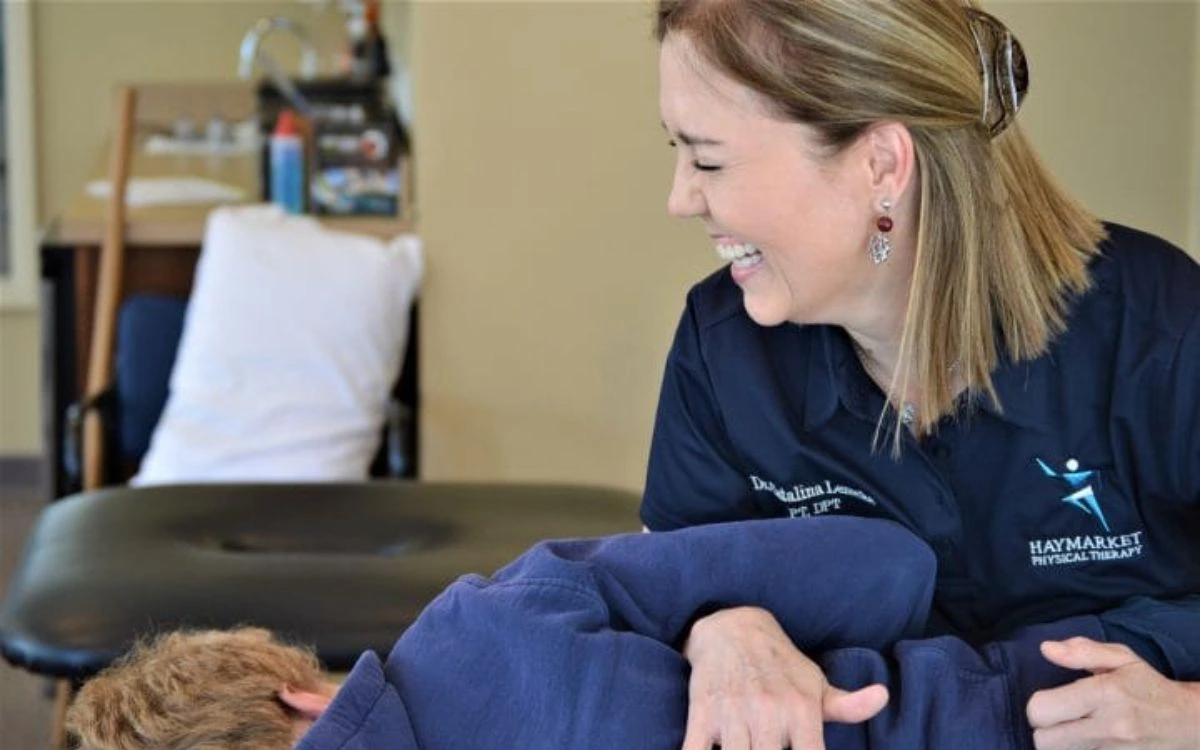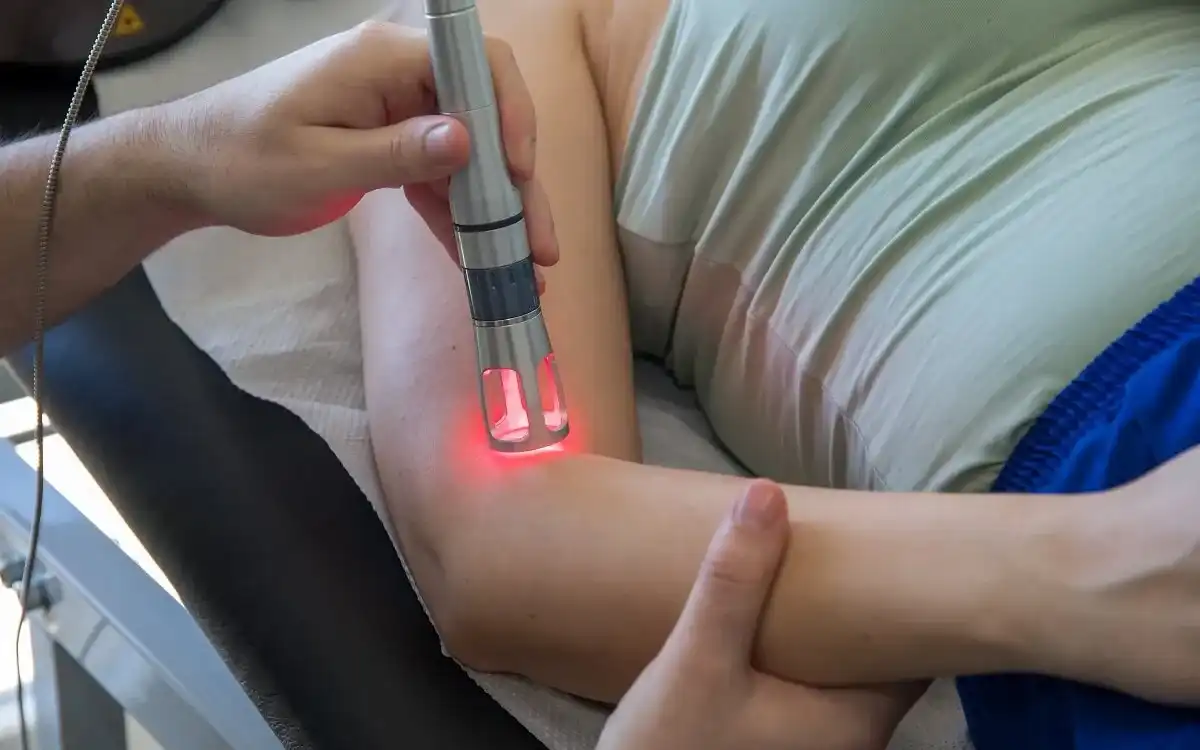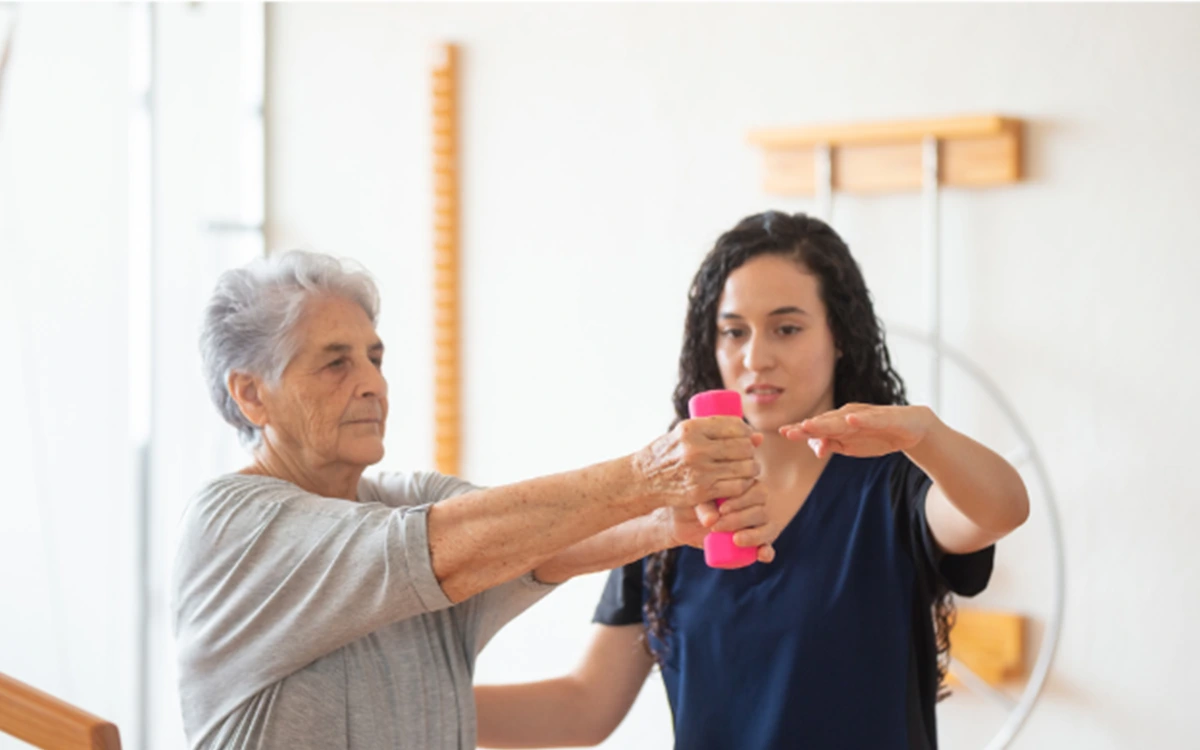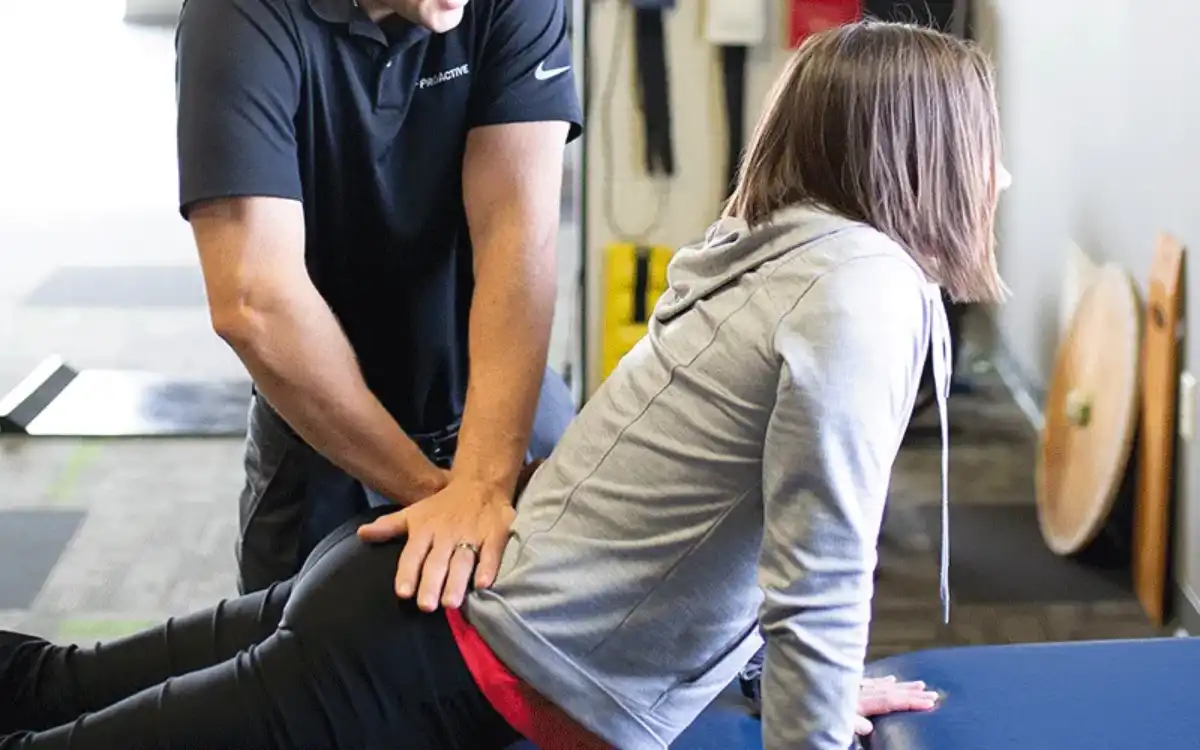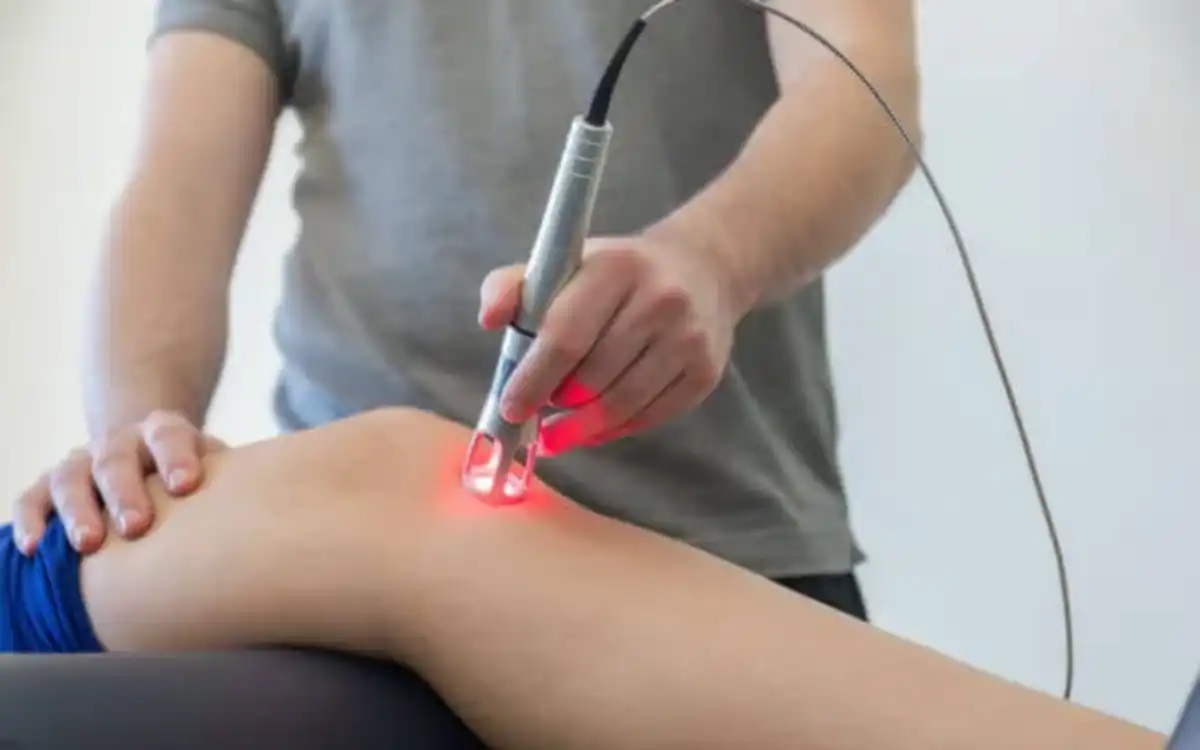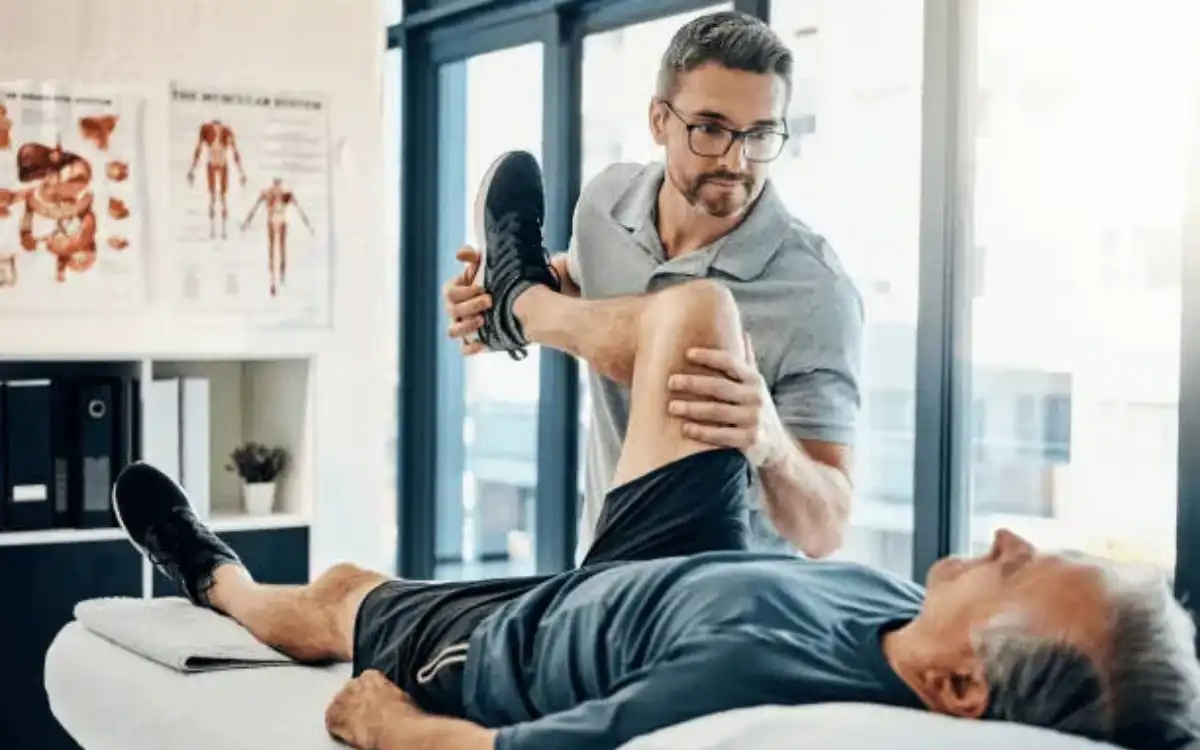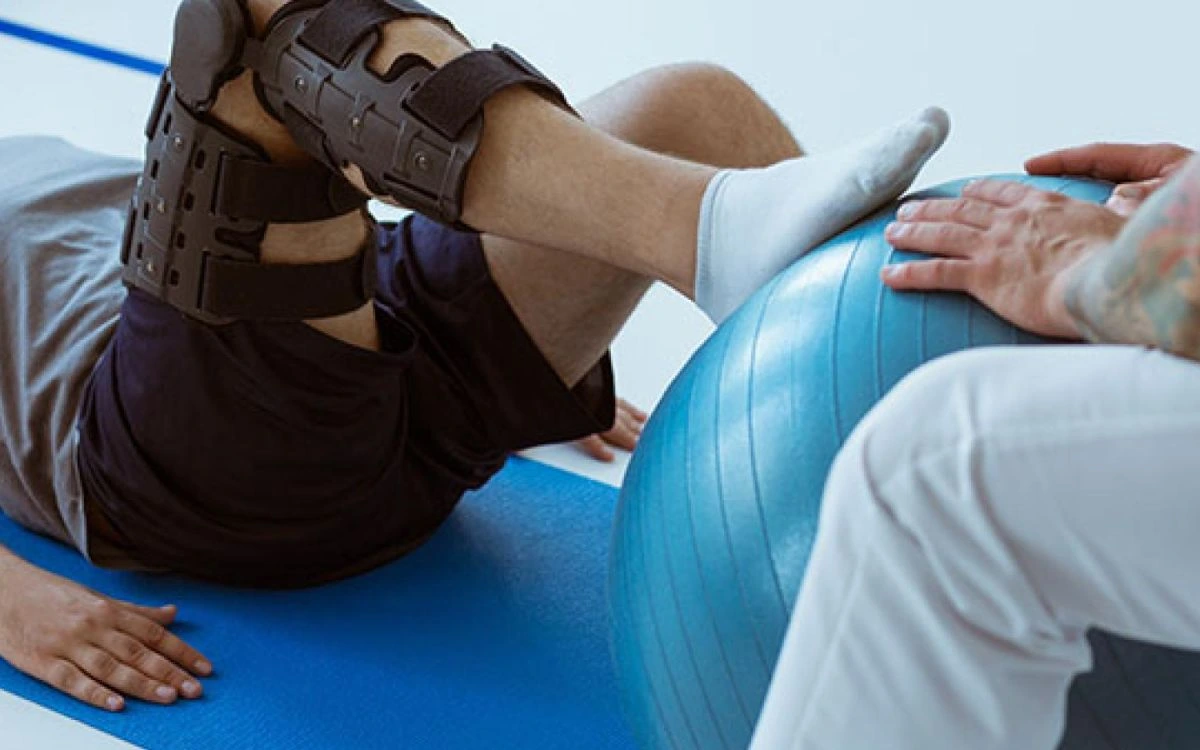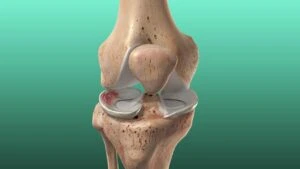OVERVIEW
Meniscal Tears
Menisci, plural for meniscus, are cartilage pads that cushion the knee from compressive loads. The possibility of one or both of these pads being torn can occur when the lower leg is bent and twisted. Joint line pain, locking and swelling at the knee are all signs and symptoms. The tear may look like a parrot beak or a bucket handle. The treatment should include rest, ice and compression. A large tear may be treated with arthroscopic surgery.
TREATMENT
Possible Treatments
- Aerobic/Endurance Exercise
- Core Strengthening
- Cryotherapy or Cold Therapy
- Electrotherapeutic Modalities
- Gait or Walking Training
- Isotonics
- Isometric Exercise
- Knee Active Range of Motion
- Knee Joint Mobilization
- Knee Passive Range of Motion
- Knee Resistive Range of Motion
- Neuromuscular Electrical Stimulation
- Plyometrics
- Propriocep\tive Neuromuscular Facilitation (PNF)
- Proprioception Exercises
- Physical Agents
- Soft Tissue Mobilization
- Stretching/Flexibility Exercise
- Walking Training (called Gait Training)
GOALS
Possible Treatment Goals
- Improve Balance
- Decrease Risk of Reoccurrence
- Improve Fitness
- Improve Function
- Improve Muscle Strength and Power
- Increase Oxygen to Tissues
- Improve Proprioception
- Improve Range of Motion
- Self-care of Symptoms
- Improve Tolerance for Prolonged Activities
- Improve Wound Healing

